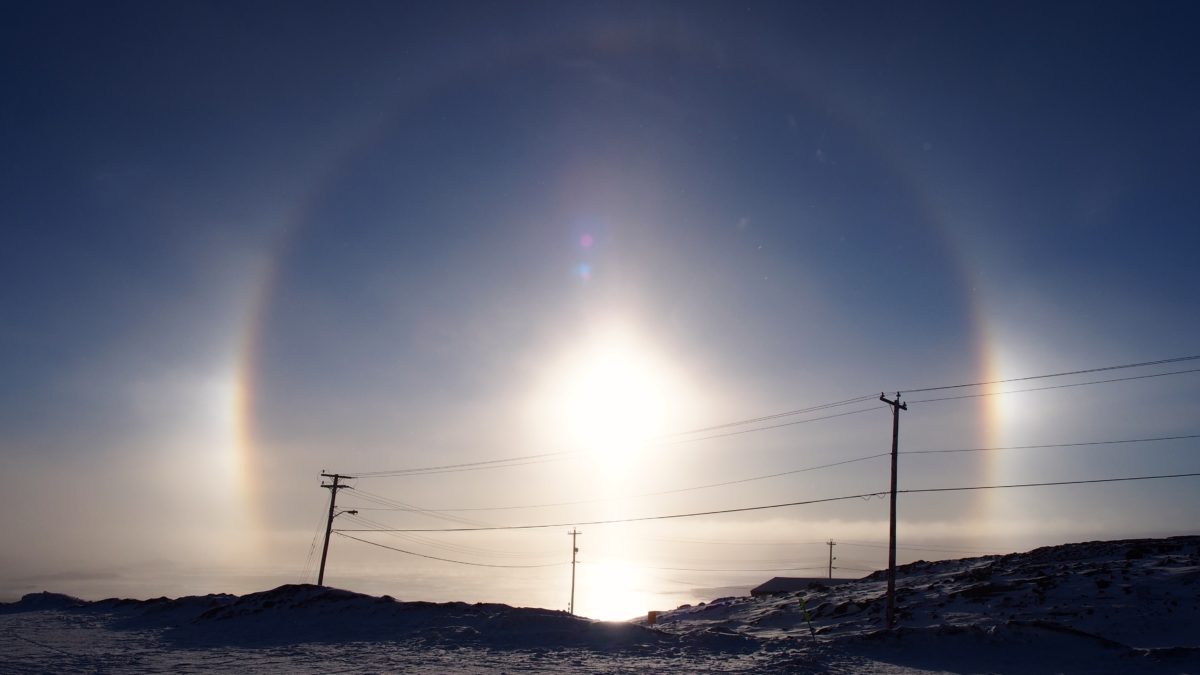Despite its polar climate and its proximity with the North Pole, the Canadian province of Nunavut has decided to support the installation of small-sized PV and wind power generators through net metering.
The region’s power utility Qulliq Energy Corporation (QEC) announced that a new net metering scheme will allow residential customers and one municipal corporation customer per community to generate their own electricity from solar and wind, and integrate them into the company’s grid.
Under the scheme, net metering customers will receive a kWh credit for excess energy delivered from the renewable energy generation source to QEC system.
The program will be open to renewable energy power stations not exceeding 10 kW.
The company said that potential for solar projects is particularly good in the southern areas of Nunavut. “Solar energy potential in the territory is a peculiar case, as the amount of solar energy along the Hudson Bay coast is comparable to the amount of solar energy that reaches southern Quebec, much of Ontario, and the Maritimes, while solar energy reaching the northern half of Nunavut is lower than any other part of Canada,” explains QEC on its website.
The company is now testing a pilot PV system QEC power plant in Iqaluit. Full program information will be available on QEC’s website and applications will be accepted from eligible customers starting on October 2, 2017.
“We recognize that our customers are interested in renewable energy options to offset their energy use and help reduce their carbon footprint. The Net Metering Program is an important step forward for our customers and QEC’s clean energy future,” said Bruno Pereira, President and Chief Executive Officer of QEC.
This content is protected by copyright and may not be reused. If you want to cooperate with us and would like to reuse some of our content, please contact: editors@pv-magazine.com.




By submitting this form you agree to pv magazine using your data for the purposes of publishing your comment.
Your personal data will only be disclosed or otherwise transmitted to third parties for the purposes of spam filtering or if this is necessary for technical maintenance of the website. Any other transfer to third parties will not take place unless this is justified on the basis of applicable data protection regulations or if pv magazine is legally obliged to do so.
You may revoke this consent at any time with effect for the future, in which case your personal data will be deleted immediately. Otherwise, your data will be deleted if pv magazine has processed your request or the purpose of data storage is fulfilled.
Further information on data privacy can be found in our Data Protection Policy.